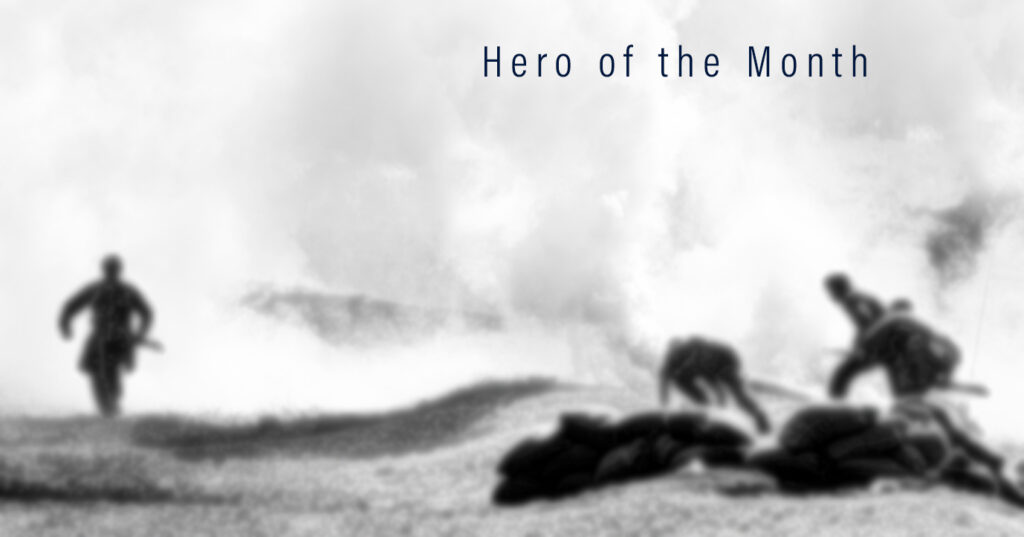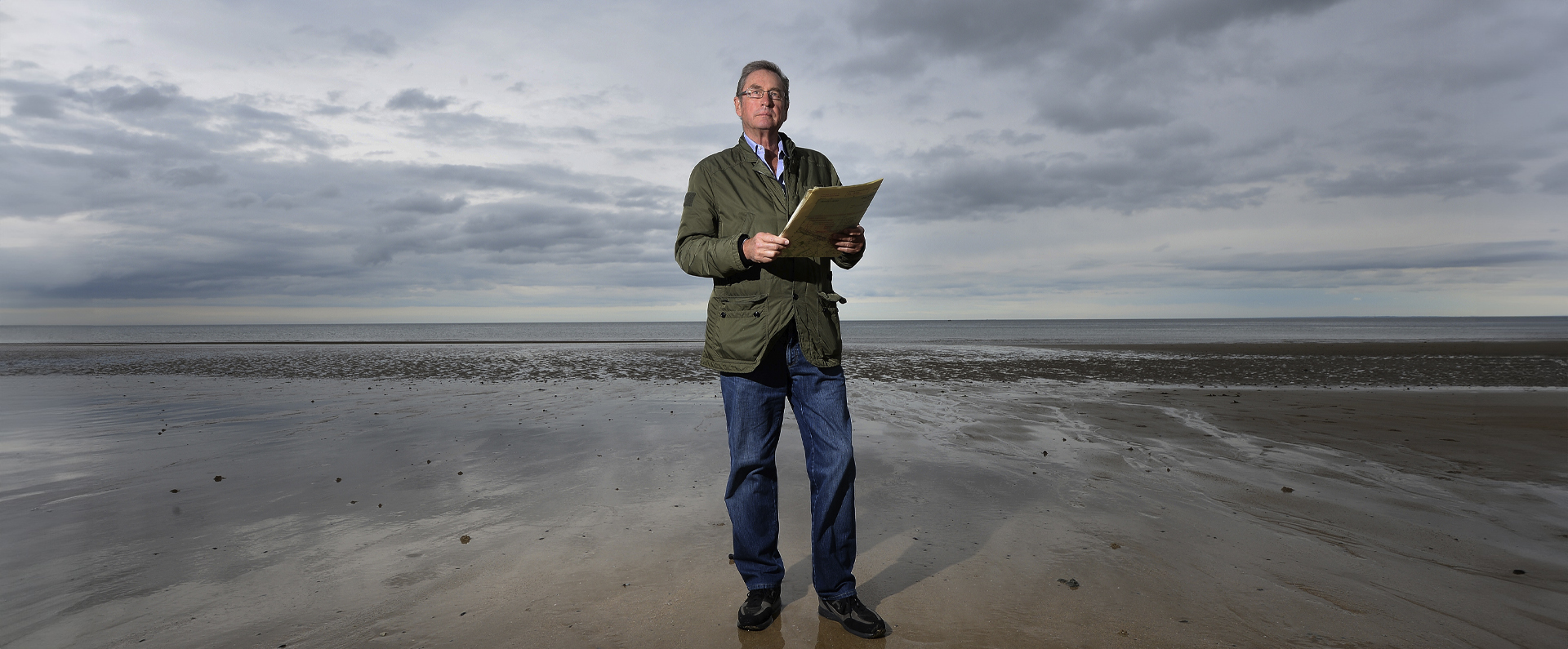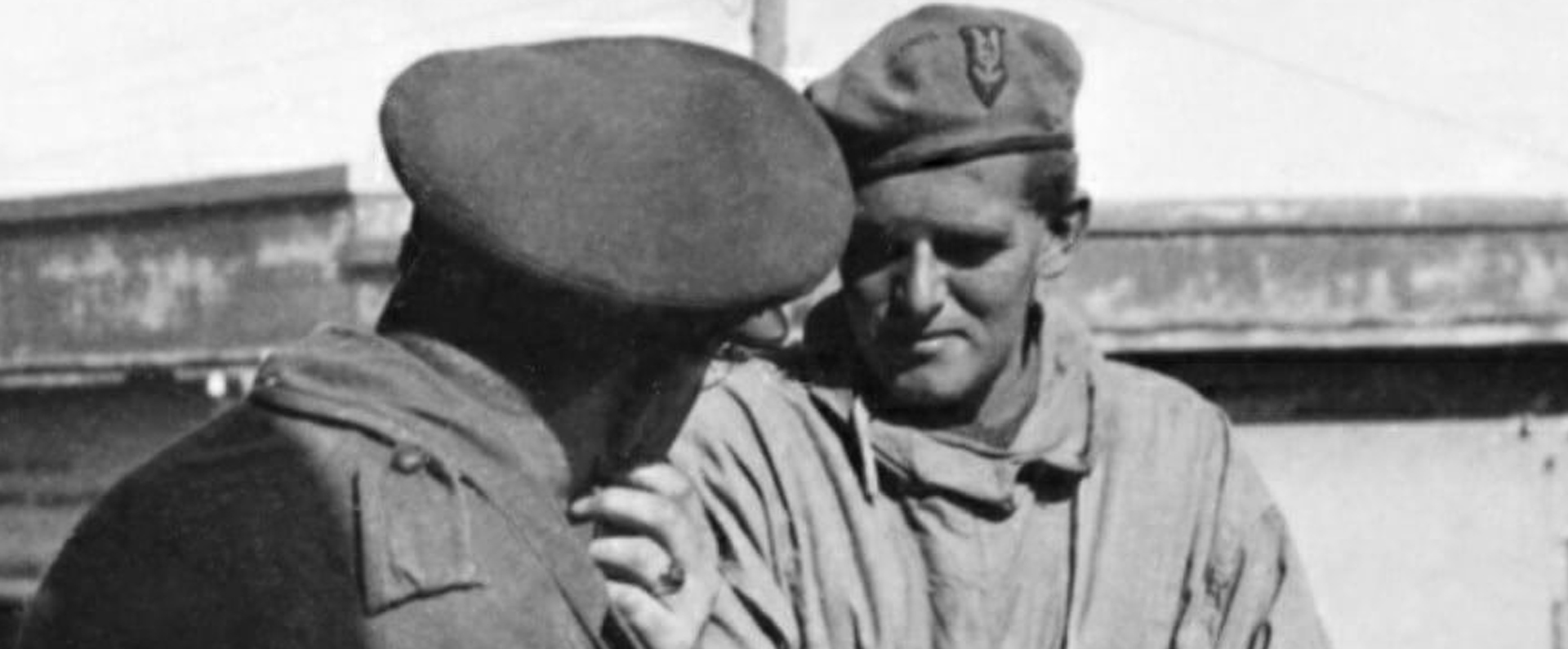
Published in Britain at War in April 2015.
Henry Ritchie: Leadership
Henry Peel Ritchie was born in the Scottish capital of Edinburgh on 29 January 1876. The son of a doctor, he was educated at George Watson’s College in Edinburgh before joining HMS Britannia as a cadet on 15 January 1890, shortly before his fourteenth birthday.
In the period leading up to the First World War, Ritchie served with distinction in the Royal Navy in many different roles around the world. In 1903, for example, he was officially thanked by the Admiralty for trying to save the life of a drowning seaman although, in fact, his efforts were unsuccessful.
The previous year, in 1902, he married Christiana (“Chrissie”) Jardine, the only daughter of a wine merchant, in Edinburgh and the couple went on to have two daughters.
In March 1914, shortly before the outbreak of the First World War, Ritchie, by now a commander, was serving on HMS Goliath, an outmoded battleship. By November 1914, the ship was in waters off East Africa and Ritchie, the second most senior officer in Goliath, was also given temporary command of a small cable ship, Duplex, which had recently been converted into an armed auxiliary.
On 28 November 1914, Ritchie was tasked with search and demolition operations in Dar-es-Salaam, the capital of Germany’s East African empire (now part of Tanzania). From the outset, things did not go to plan: Duplex broke down and the Goliath’s picket boat became grounded on to a reef.
Ritchie was forced to transfer his command to the Helmuth, a lightly armed former German tug, which was accompanied by the Goliath’s steam pinnace and another small boat. Initially, the scene was peaceful and the vessels set about their demolition tasks with Ritchie himself on board the steam pinnace.
However, enemy fire suddenly erupted from both sides of the harbour. To begin with, the fire was centred on HMS Fox’s steam cutter that was also at the scene. But soon the target became the steam pinnace, and her commander and four seamen were injured.
In fact, the steam pinnace was subjected to an extremely heavy fire – pom-pom, machine-gun and rifle fire – from close range and it was remarkable that the small craft was not sunk.
Petty Officer Thomas Clark, who was one of the men to bear the brunt of the enemy fire, later described the chaotic scenes: “Cdr Ritchie sat calmly in the boat alongside myself through it all until a piece of shell struck his arm and he doubled up with a groan. The rest of the crew…and the demolition party were sheltering in the lighters. The next minute I was hit…and my place was taken by Able Seaman Upton. Then Upton was hit, and I, my wound temporarily dressed, went back to my old post.
“It was now clear that only by means of skilful handling would the little pinnace negotiate the most difficult part of the channel which lay ahead, and Cdr Ritchie, although he had been wounded several times since he was struck by the first piece of shell and was suffering great pain, scrambled towards the wheel and himself took charge of the steering operations. Meanwhile, I was trying to get our machine-gun, which had jammed, to work again…”
Ritchie, then aged 38, with the help of his crew, managed to bring the pinnace beyond East Ferry Point though, as they neared the mouth of the harbour, the commander was hit again, this time wounded through his leg. The commander sank to the deck having sustained his eight separate wounds in less than twenty-five minutes of fighting.
Ritchie and his men eventually reached safety at 5.30pm and the commander, bloodied and unconscious, was treated for wounds to both arms, his left leg and his left thigh.
The British forces had disabled three vessels, had destroyed a variety of harbour installations and had captured thirty-five men, but at a heavy price: one man was killed, fourteen were wounded and twelve were missing.
Nine men were decorated for their gallantry that day at Dar-es-Salaam. In fact, Ritchie was not originally recommended for the VC but his initial award recommendation was upgraded. His was the first Royal Navy VC action of the war, though, in fact, the second to be gazetted – on 10 April 1915. His citation stated that “though severely wounded several times his fortitude and resolution enabled him to continue his duty inspiring all by his example until at his eighth wound he became unconscious.”
Ritchie needed six weeks of treatment at Zanzibar Hospital after receiving his injuries and he was later evacuated to Plymouth, Devon, for further medical treatment. In May 1915, he returned to duty but he never regained full health.
Ritchie received his VC from George V at a Buckingham Palace investiture on 25 November 1916 and retired, unfit for service, in the rank of captain on 4 March 1917. He returned to his home city and died in Edinburgh on 9 December 1958, aged eighty-two.
As recently as June 2012, a building was named in his honour at the Military Training Element, HM Naval Base Clyde, Faslane, Argyll. Ritchie’s VC is not part of my medal collection.
Download a PDF of the original Britain at War article
For more information, visit:
LordAshcroftOnBravery.com


